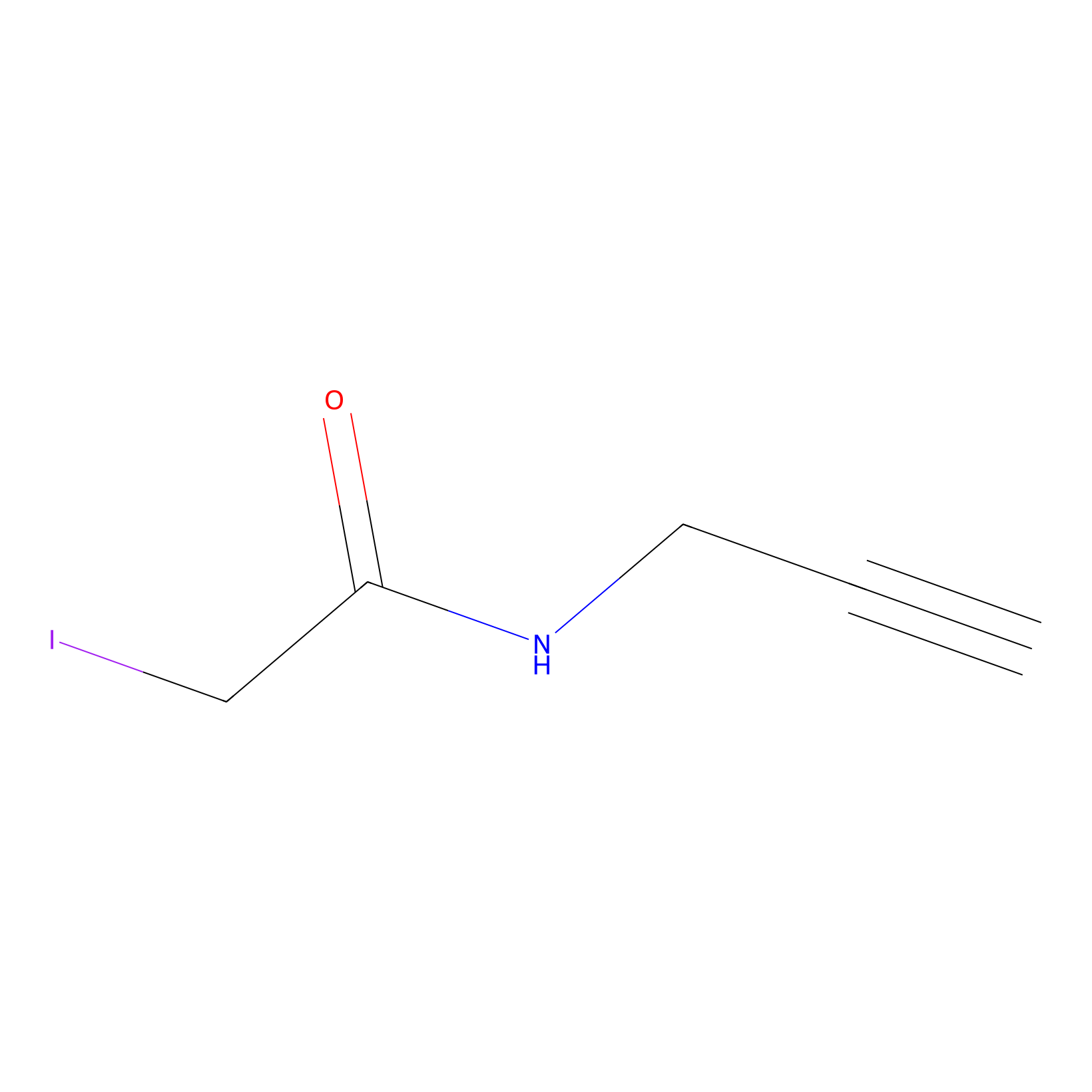Details of the Target
General Information of Target
Probe(s) Labeling This Target
ABPP Probe
| Probe name | Structure | Binding Site(Ratio) | Interaction ID | Ref | |
|---|---|---|---|---|---|
|
DBIA Probe Info |
 |
C349(2.92) | LDD3333 | [2] | |
|
IA-alkyne Probe Info |
 |
N.A. | LDD0036 | [3] | |
|
IPM Probe Info |
 |
C223(0.00); C306(0.00) | LDD2156 | [4] | |
Competitor(s) Related to This Target
| Competitor ID | Name | Cell line | Binding Site(Ratio) | Interaction ID | Ref |
|---|---|---|---|---|---|
| LDCM0575 | Fragment13 | Ramos | C306(1.51) | LDD1470 | [5] |
| LDCM0587 | Fragment29 | Ramos | C306(1.35) | LDD1476 | [5] |
| LDCM0589 | Fragment31 | Ramos | C306(1.98) | LDD1478 | [5] |
| LDCM0571 | Fragment9 | Ramos | C306(5.54) | LDD1464 | [5] |
| LDCM0022 | KB02 | Ramos | 16.47 | LDD0431 | [6] |
| LDCM0023 | KB03 | DEL | C349(3.21) | LDD2732 | [2] |
| LDCM0024 | KB05 | MOLM-13 | C349(2.92) | LDD3333 | [2] |
| LDCM0170 | Structure8 | Ramos | 12.43; 4.81 | LDD0433 | [6] |
The Interaction Atlas With This Target
References
